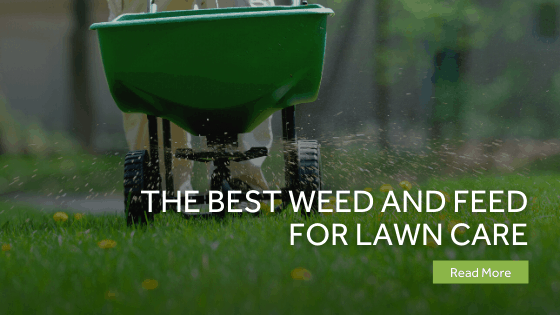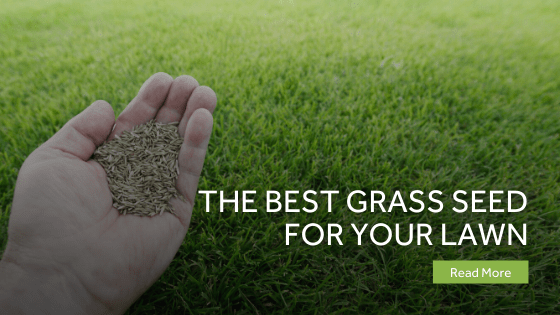You’ve probably heard of terms like lawn, yard, and turf when people talk about gardening. Maybe you’ve even used them interchangeably.
Do they mean different things? There are some important differences to be aware of when it comes to your lawn, yard, turf, and garden. Sometimes we use these terms without really knowing exactly what they mean.
Is a garden a yard, is turf the same thing as lawn, and is a lawn really just a garden? It can seem confusing, so let’s take a look at their different definitions so you can use the right terms when talking to your gardening friends.
Table of Contents
Turf
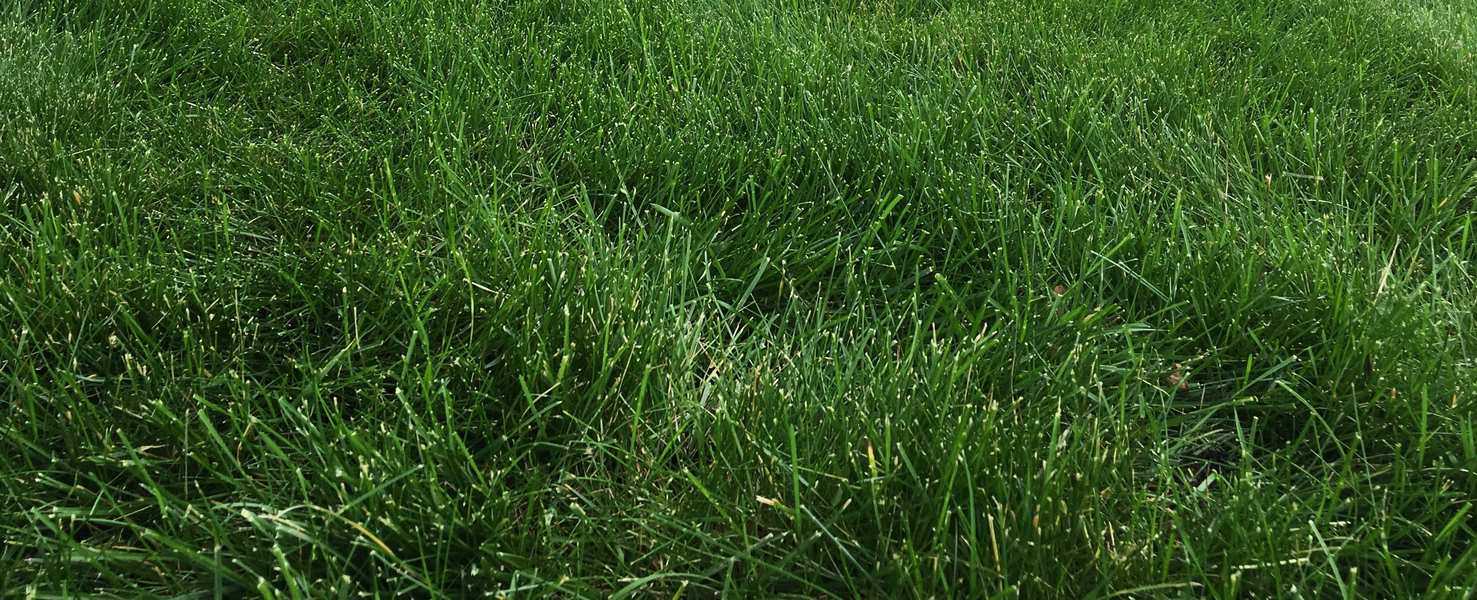
You’ve probably heard this word thrown around a lot, but what does it actually mean?
According to Britannica, turf refers to the actual soil on the surface of the ground that contains dense vegetation. It usually also refers to grasses that are renowned for being ornamental.
Examples include creeping bent grass, fine or red fescue, Kentucky bluegrass, and perennial ryegrass, when it comes to cool-season grass. As for warm-season grass, Zoysia, St. Augustine, and Bermuda are all types that fall under this description.
If you’ve ever looked at the turf you have at home and wondered what type of grass it is, generally speaking the two main types of turf grasses are warm-season grass that thrives in hotter conditions, and cool-season grass that can tolerate colder temperatures.
There are many types of grasses that fall under these categories, as can be seen above.
Some turf grasses are even able to withstand both hot and cold conditions and stay lusciously green all year round. These types of grasses are Bermuda grass, Zoysia, and Kentucky bluegrass.
But, here’s where things get a bit more interesting. Turf grasses are usually grown on turf farms. What happens is that plugs or blocks of the turf grass are transplanted to areas where they can grow quickly.
Real grass aside, you can also find artificial turf grass that will give you a pristine, carpet-like lawn. Artificial grass is made of synthetic materials, such as polyethylene, a type of plastic which gets heated during the production of artificial grass.
Artificial grass even has a thatch layer, and this is made out of polypropylene, nylon, or polyethylene. The fake thatch gives the turf much more support beneath the ground surface.
Lawn
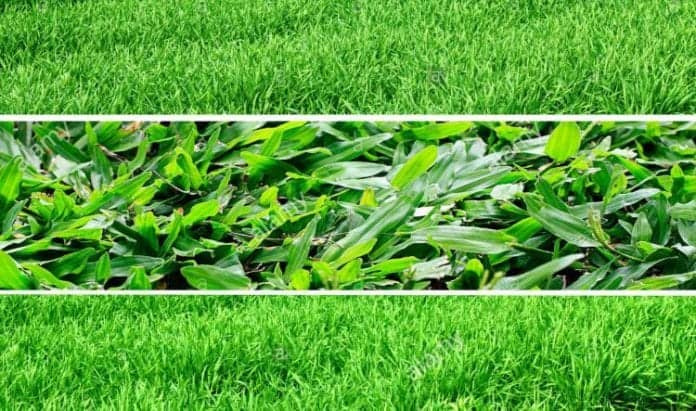
This is a term that’s often used interchangeably with turf, but here is it’s actual definition:
A lawn is a piece of commercial, industrial, or residential land on which grass can grow. A lawn creates a type of natural carpet on which you can relax, have picnics, or play sports, as Lubbock Avalanche Journal reports.
On the other hand, a definition of lawn from Merriam-Webster is “ground (as around a house or in a garden or park) that is covered with grass and is kept mowed.”
This makes sense because when you think of a lawn, you probably think of a crisp, well-maintained area, either in public (such as on a sports field) or in your garden. Based on the earlier definition of turf, it’s clear to see that the right turf grass plays a big role in ensuring that your lawn is of top quality.
Although lawn and turf are defined in different ways, there is a point where turf and lawn connect: in order to have a healthy lawn, you first need to have turf grass species to create a lawn, so they do depend on each other.
Yard
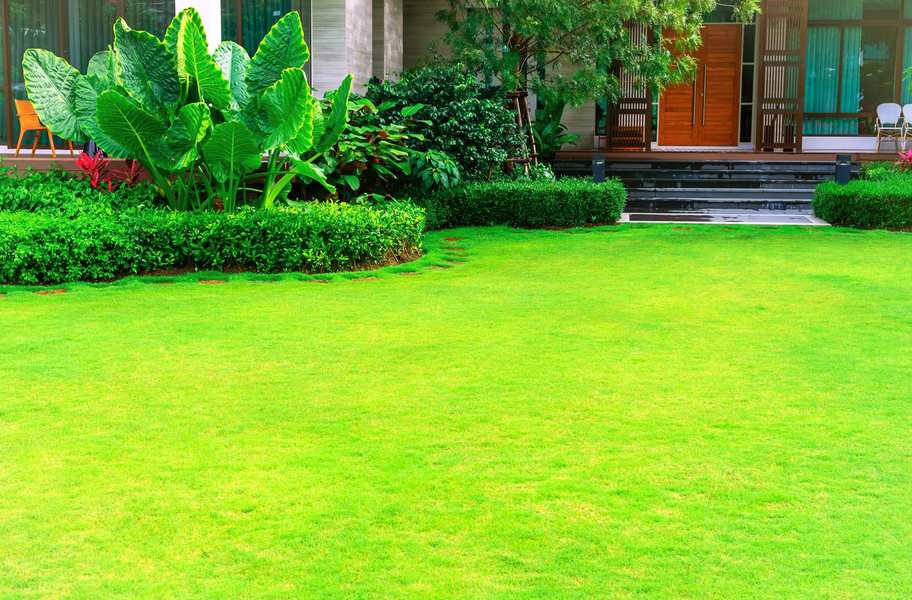
To make matters more complicated, what is a yard?
This is a term that’s often thought to be exactly the same thing as a garden.
You might have read articles online that speak of getting a beautiful yard or those that offer information on how to get a thriving garden, making you think that a yard is basically the same thing as a garden.
But that’s not so! A yard and garden are actually quite different when you pick at their details.
According to the Merriam-Webster dictionary, a yard is defined as the grounds that immediately surround a house and which are usually covered with grass.
This makes sense if you consider people often speak about a front and back yard. However, the yard can be used for a range of different things. You might have a grass-covered yard that is used to grow flowers or one that is filled with sand.
You could have a yard that’s filled with sandpits, sheds, or a jungle gym, as well as grass. There’s nothing specific that needs to be done in a yard in order to make it one, so it’s quite a versatile area on your property.
As an example, the Merriam-Webster dictionary includes another definition for yard: “an enclosure for livestock (such as poultry).”
So, you can even use your yard for raising animals, which already shows that it’s quite a different space when compared to a garden. It offers you a range of different things you can do with it, but a garden isn’t by any means limited by comparison.
Garden

Now that we’ve looked at the proper definition of yard, what is a garden?
A garden is a space outdoors that can be used to cultivate and display plants as well as other natural features, such as trees. However, a garden isn’t limited to only making use of what nature intended.
You can also put man-made items in your garden, and the options you have when doing this are endless. You could put fountains, statues, waterfalls, decks, and much more, in this beautiful space.
Interestingly, Merriam-Webster defines a garden as “a plot of ground where herbs, fruits, flowers, or vegetables are cultivated.” It goes on to say that a garden is a “rich well-cultivated region.”
This is quite different from a yard that is defined as being much more open to interpretation as well as various uses. By definition, a garden has to be a place in which things grow.
In addition to plants and man-made items you might have in your garden, your garden can also have a pretty lawn in it.
You can grow various types of grasses in your garden to give you an immaculate lawn. And, that means, you can also have turf on your garden!
It seems that a garden is the largest entity in this list, able to contain lots of other entities within it except for a yard.
There’s Only One That Can Occur Indoors
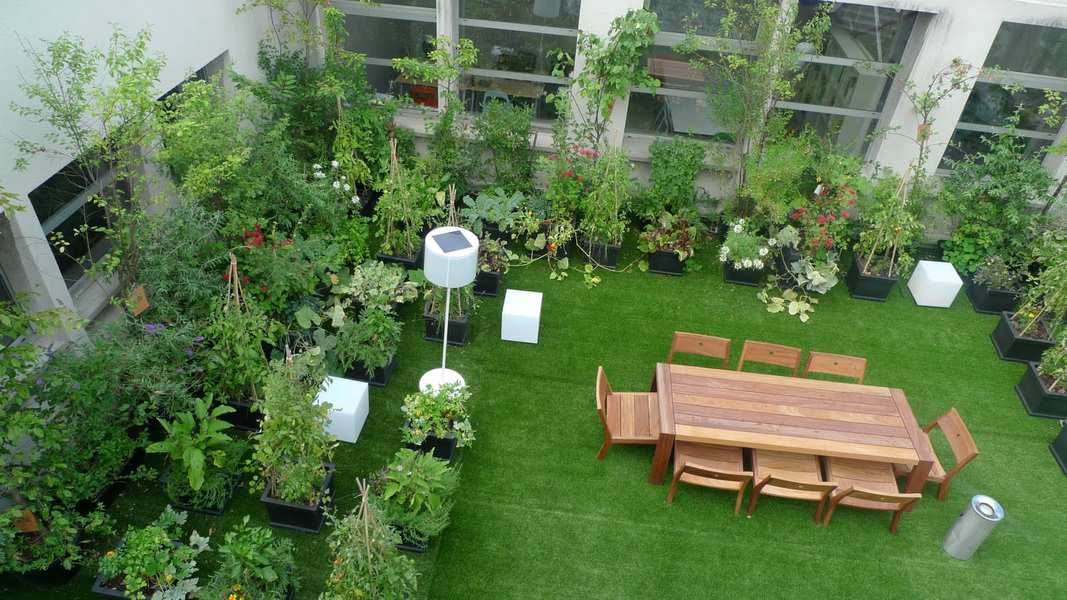
You won’t have a turf and lawn indoors, nor would you have a yard.
It would be quite strange if you did and would probably make you the talk of the town. However, you can have a garden right inside your home.
There’s even a garden definition that refers to this. The Merriam-Webster dictionary mentions that a garden is “a container (such as a window box) planted with usually a variety of small plants.”
This is one of the crucial differences between a yard and a garden. While you can’t have a yard inside your home, you can create your own indoor garden. This can be used in a variety of ways and can display a range of designs, while housing plants that don’t need a lot of sunlight in order to create aesthetic appeal inside your home.
Related Questions
Why is artificial grass becoming popular for use in lawns?
Artificial grass is said to be eco-friendly because it doesn’t require any fertilizers or water, and you don’t have to cut it with the use of a lawn mower as you would with real grass types. This also makes it much easier to maintain, although the drawback is that it’s made out of plastic.
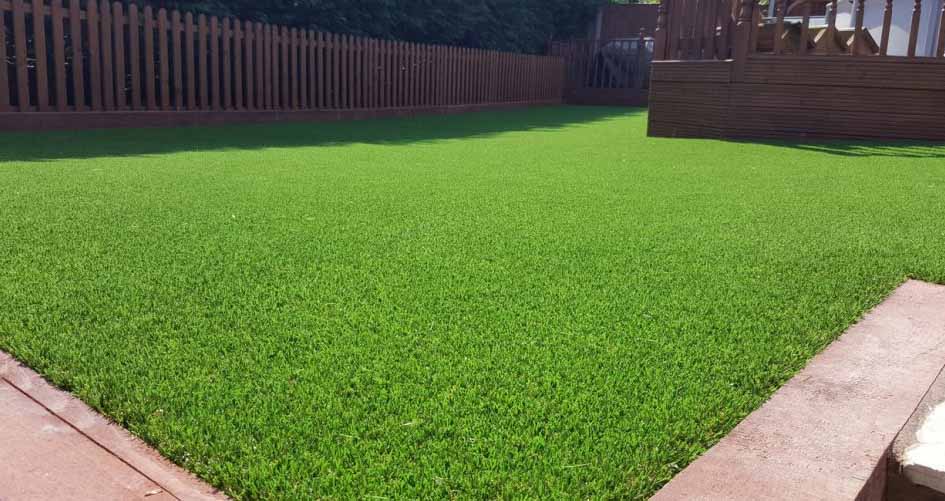
What are the best plants to create an indoor garden?
There are many plants that can thrive without a lot of sun and these include Dracaena, Peace Lily, spider plant, and the ZZ plant, which is thought of as one of the most resilient plants you can find.
Conclusion
Now you know more details about how to define common gardening terms, such as turf and garden, and lawn vs yard.
You’ll sound so much more knowledgeable when talking about your latest gardening tricks at cocktail parties!
While at first the terms defined in this article were often used interchangeably, perhaps without you even realizing it, now that they are properly defined it’s easy to see that they are quite different while all being connected in some way.
Last Updated on August 22, 2022 by Gustaf Johansson



